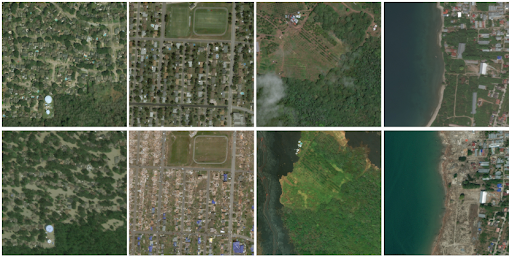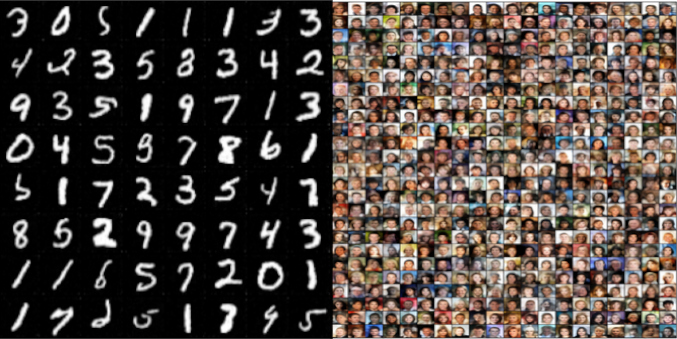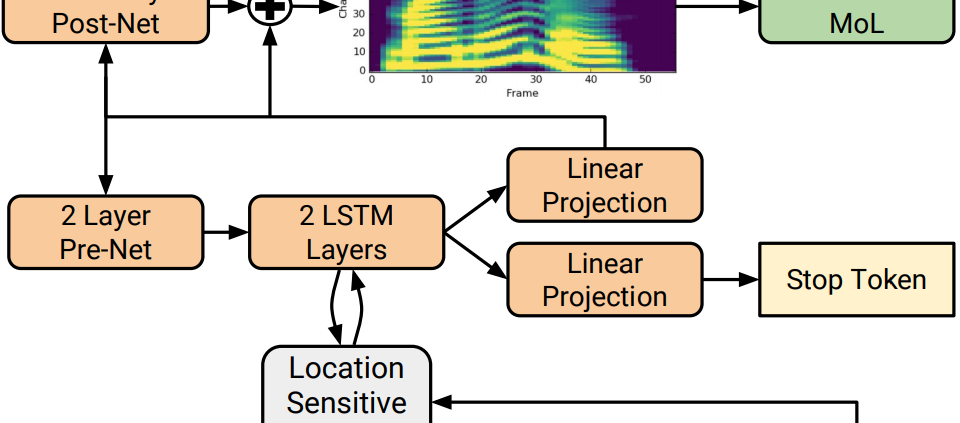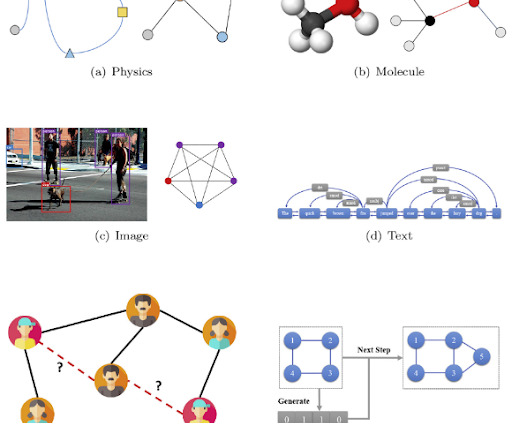Boundary-Enhanced Attention for Satellite Imagery dataScience
Satellite image classification presents unique challenges distinct from traditional urban scene datasets, including significant class imbalance and the scarcity of comprehensive examples within single frames. While recent advancements in semantic segmentation and metric learning have shown promise in urban scene datasets, their direct applicability to satellite image classification remains uncertain. This paper introduces a novel approach, the Boundary Attention (BA) Loss , specifically designed to address these challenges in satellite imagery. BA emphasizes the significance of boundary regions within satellite imagery, aiming to mitigate information relation complexity by directing enhanced attention to minority classes and improving attention mechanisms along class boundaries. Through comprehensive experimental evaluation and comparison with existing methods, this paper demonstrates the effectiveness and adaptability of the BA method, paving the way for more accurate and robust satellite image classification systems. The proposed BA method offers a tailored solution that stands to significantly improve classification accuracy in the context of satellite image analysis.


